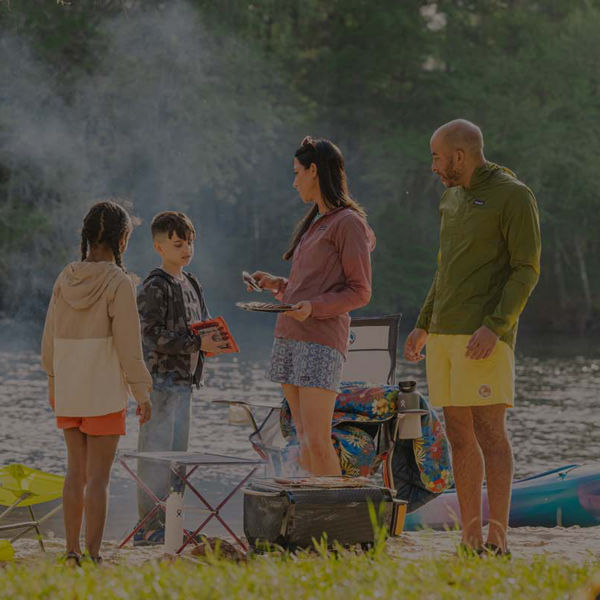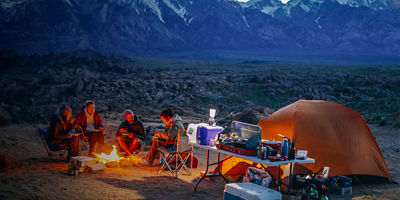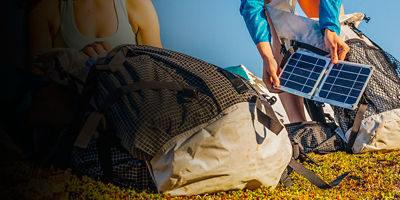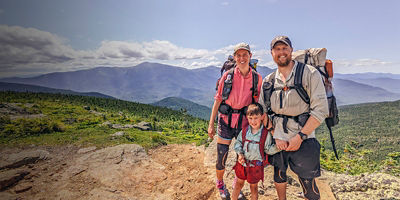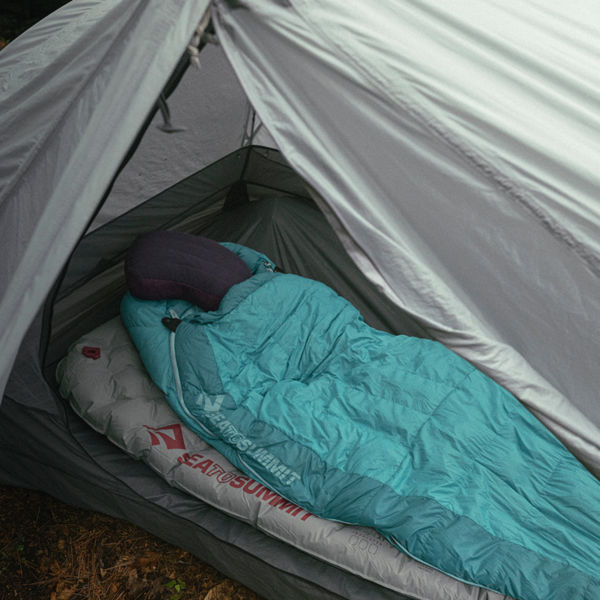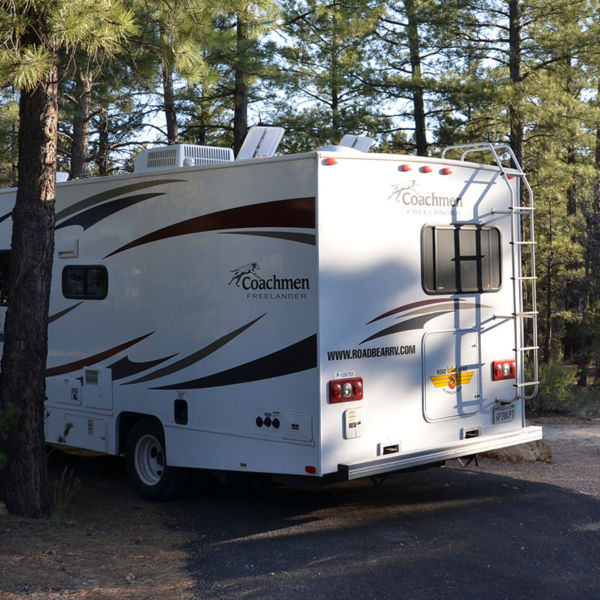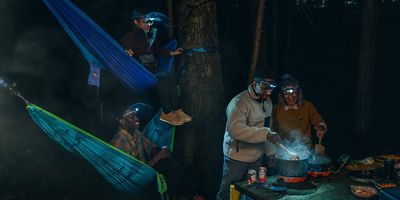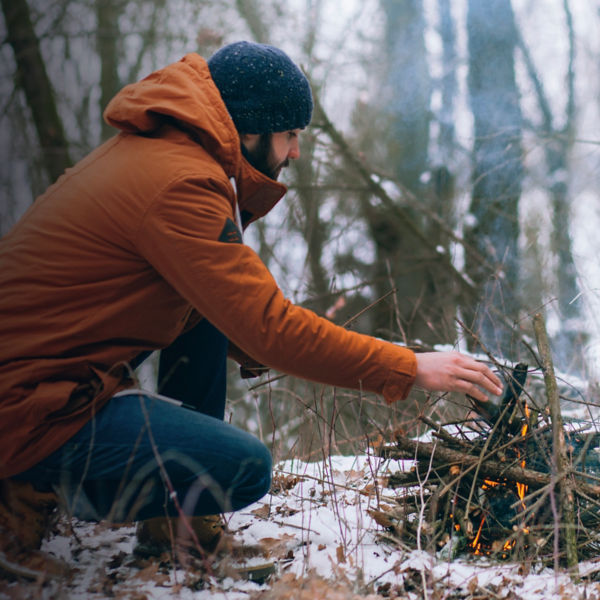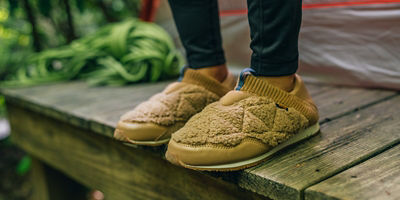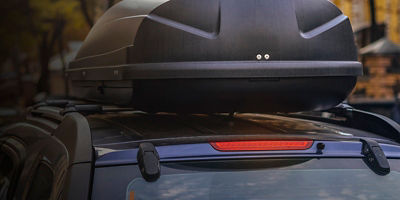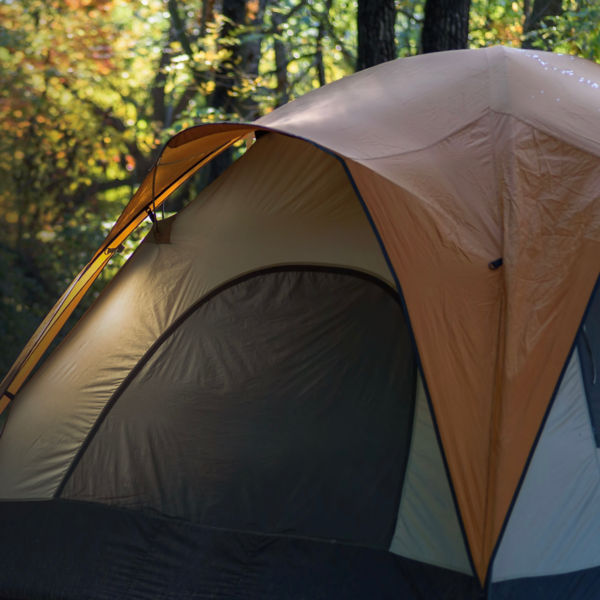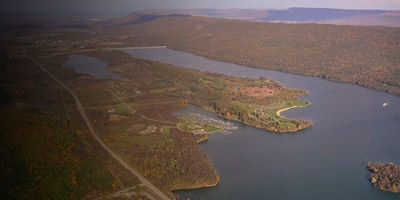
A bedrock value of protecting public lands? Preserving them for the enjoyment of others, now and in the future. Sometimes that means an act of Congress designating a new national park. But it also means minimizing our own impact when we use public lands to hike, camp, climb, ride, run, fish, ski, and more. To that end, the Leave No Trace Center for Outdoor Ethics (link: lnt.org) has established guidelines. The idea, of course, is that we can collectively do much to preserve public lands as they are if we all take these principles to heart.
Do: Understand the Seven Principles
The concept of Leave No Trace (LNT) has been distilled into seven pillars. Rather than give detailed advice for every situation, the goal is for recreationists to understand these principles and apply them to varying conditions. The pillars are: plan ahead and prepare; travel and camp on durable surfaces; dispose of waste properly; leave what you find; minimize campfire impacts; respect wildlife; be considerate of other visitors. Here’s what they mean.
Don’t: Think You Can Wing It
Trip planning sets you up for success. Gather knowledge of the area you plan to visit by researching maps, land manager websites, and trip reports. Identify your group’s goals and expectations, and check in with the skills and experience of all the participants. Does the activity make sense for the group, considering the terrain, weather, and gear needs? Unprepared campers often damage the environment by scrambling to make a camp late at night, or resorting to fires in no-fire zones, or wandering off-trail.
Do: Stay On Trail and In Campsites
It’s impossible to literally leave no trace, so the goal here is to avoid spreading impact more than necessary. Trails and campsites concentrate foot traffic and eliminate the spread of multiple worn paths and campsites in fragile areas. Stay on-trail if a trail exists and make camp in existing campsites when possible.
Don’t: Camp Near Waterways
Count at least 70 steps (200 feet) away from a lake, pond, river, or creek before setting up your camp. This leaves access routes for animals and reduces the likelihood of accidental water pollution (trash or food getting swept into the water).
Do: Camp on Durable Surfaces
Choosing an appropriate campsite is one of the most important aspects of low-impact camping. You don’t want to crush vegetation or enlarge an already-impacted area, so in general, be on the lookout for well-used sites on dirt, rock, and sand. If existing campsites don’t exist, look for sites with similarly durable surfaces.
Don’t: Soap up on the Shore
Even when soap is biodegradable, it can affect the water quality of streams and lakes. Using a pot or a jug, wash yourself 200 feet away from a shoreline. Where freshwater is scarce, refrain from swimming, as sunscreen, body oils, insect repellent, and lotions can contaminate the water source.
Do: Wash Your Dishes
Carry water 200 feet away from lakes or streams to wash your dishes. This helps keep soap and other pollutants out of the water and lessens the trampling that can occur on lakeshores, riverbanks, and around springs. Use a fine mesh strainer to strain dirty dish water, then scatter the waste water broadly and pack out the contents of the strainer (in a plastic bag, along with any uneaten leftovers).







